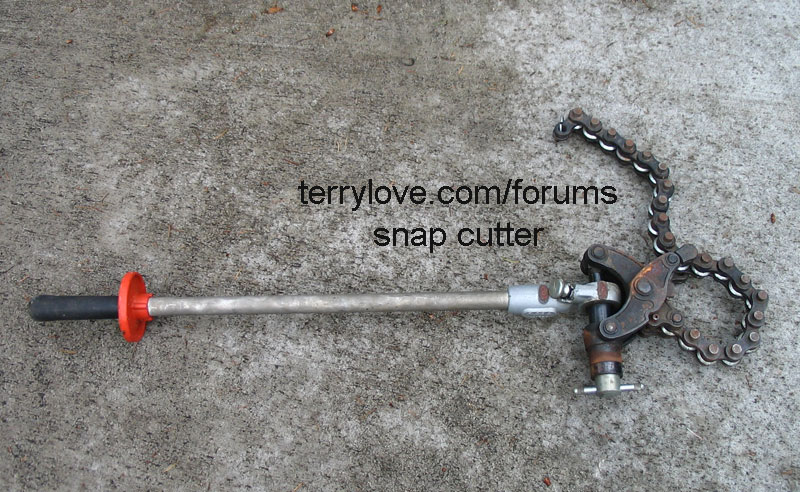Mccallum
New Member
I planned a basement renovation on a 60yr old house and decided on replacing the existing cast iron lines with ABS, since I was already digging up the place.
I decided on adding a new backwater valve that has been winning awards for its design. I purchased a 4" Mainline Fullport Backwater Valve and I was all set to install it this weekend. I broke up the concrete and I was surprised to find a 3" sewer main and not 4". The cleanout was 4", so I assumed the main would be 4" as well....wrong assumption.
So this is my question...since Mainline only makes a 4" version of this type of normally open backwater valve, is it rediculous to use 4" to 3" reducers on either side of this 4" valve on the 3" main?? or will this cause problems?
I really would like to use this valve....is it possible given the circumstances? I have doubts that code would allow this transition from 3" to 4" to 3".
I decided on adding a new backwater valve that has been winning awards for its design. I purchased a 4" Mainline Fullport Backwater Valve and I was all set to install it this weekend. I broke up the concrete and I was surprised to find a 3" sewer main and not 4". The cleanout was 4", so I assumed the main would be 4" as well....wrong assumption.
So this is my question...since Mainline only makes a 4" version of this type of normally open backwater valve, is it rediculous to use 4" to 3" reducers on either side of this 4" valve on the 3" main?? or will this cause problems?
I really would like to use this valve....is it possible given the circumstances? I have doubts that code would allow this transition from 3" to 4" to 3".

